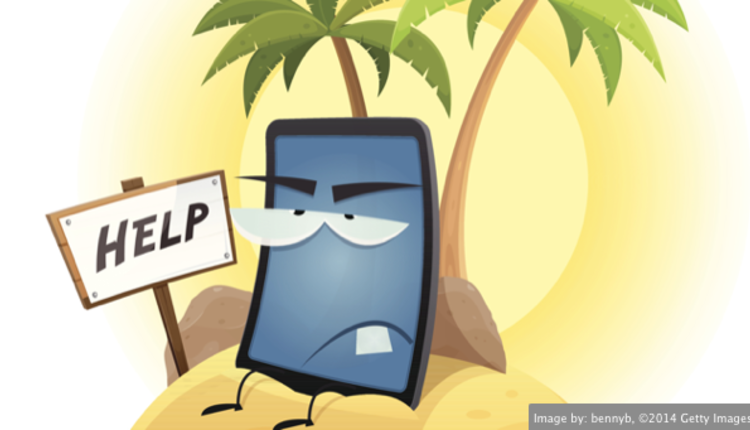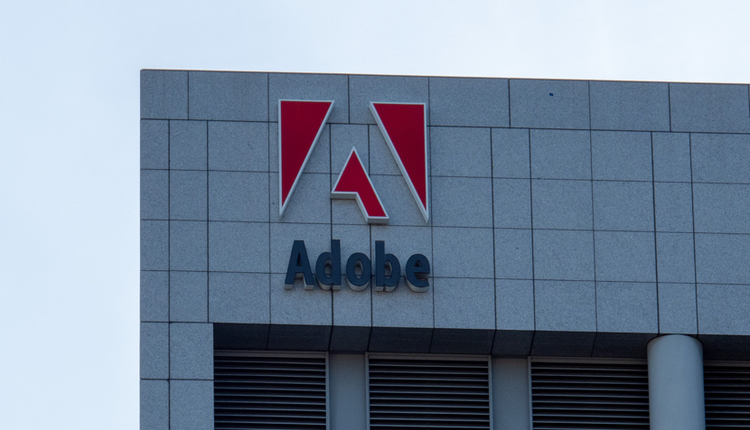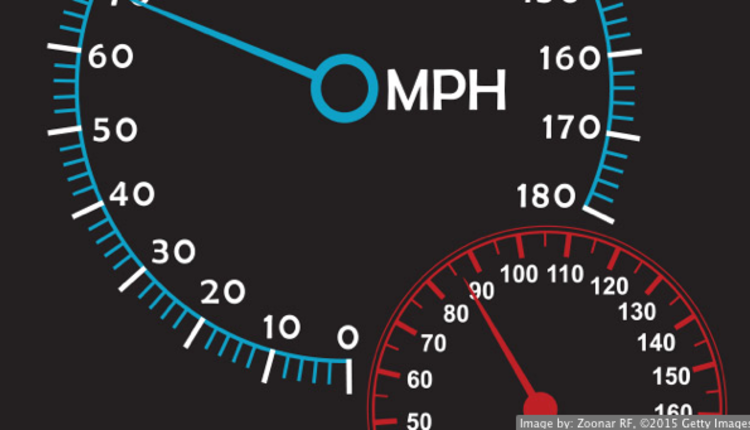
Are you doing enough to encourage mobility as a style of working? If you aren’t–your competitors are, and you can learn a few things from them.
1. This is not a trend; this is a new way of life.
The days of IT providing and owning devices with a three-plus year life cycle are over. Blame Apple, Samsung and the rest of the industry for creating irresistible devices. Mobility is not a device; it is a way of working. It’s no longer about if you will support bring your own device (BYOD), but when.
2. Improving employee satisfaction with their tools and devices.
You might consider this a soft benefit, but your competition is increasing employee satisfaction and happiness by allowing them to bring their shiny new iPhone 6 Plus to work. They’ll have an opportunity to use the latest applications on these platforms as well, bringing access to content, files, email, calendar and more to their new favorite device. Your internal tools and applications need to be up to this usability standard for an end user experience, or people will find another tool or method to get their work done. Like Jurassic Park, life will find a way.
3. Provide “Genius Bar” style support.
BYOD necessitates a different support and engagement model where a user can drop by and ask questions of the help desk technician. For mobile workers (in the field), consider how they can get support for their devices. Some organizations also provide loaner devices for when an employee device is out of service to keep productivity high.
4. Reducing costs for hardware and device management.
MORE: 5 Quick Tips About User Experience and Collaboration
4. Reducing costs for hardware and device management.
The overhead needed to purchase, maintain, support and deploy managed devices is quite high and often painful. Do you really want to be in the business of managing logistics and inventory? Your competition is addressing this by moving away from on-premise (and often monolithic tools) to cloud-based management tools for enterprise mobility management (such as Meraki or MobileIron). Your shift can be on the business value your applications and data provide on mobile devices. This will take cost out.
5. Billing back costs to business units.
Closely related to taking out infrastructure is billing back costs for services on mobile to users and their business units. This allows IT to move the cost of devices and services from IT to the person or business unit that is using the services or devices. For example, I’ve seen some organizations tie this into things like cell phone billing with carrier enrollment (user adds their device to the shared AT&T plan, for example), and then IT bills back usage of tools like device management and application usage.
6. Classify what data can go mobile.
Mobilization of data is not a binary function—and some of your data might not be acceptable to leave the organization and go into the pockets of your users. Your competition is providing guidance on what data can and should exist in a BYOD world, and others are enforcing this with data-loss prevention tools so that “Red” or classified data can’t be stored on an employee device.
7. A good plan now is better than a perfect plan later.
While you debate having a perfect end-to-end plan for BYOD, your competition is iterating in order to control risks and improve employee interaction. If you aren’t sure, engage in a pilot with your IT team, or talk with users that are already engaging in this. If you start small and iterate based on employee feedback and economics (see 4 and 5 above), you will be able to quickly deliver value and keep pace with your competitors.
Dan O'Leary is a principal solutions architect at Box. He works closely with customers to make cloud content management what it should be: simple and secure. Follow him on Twitter @danieloleary.















